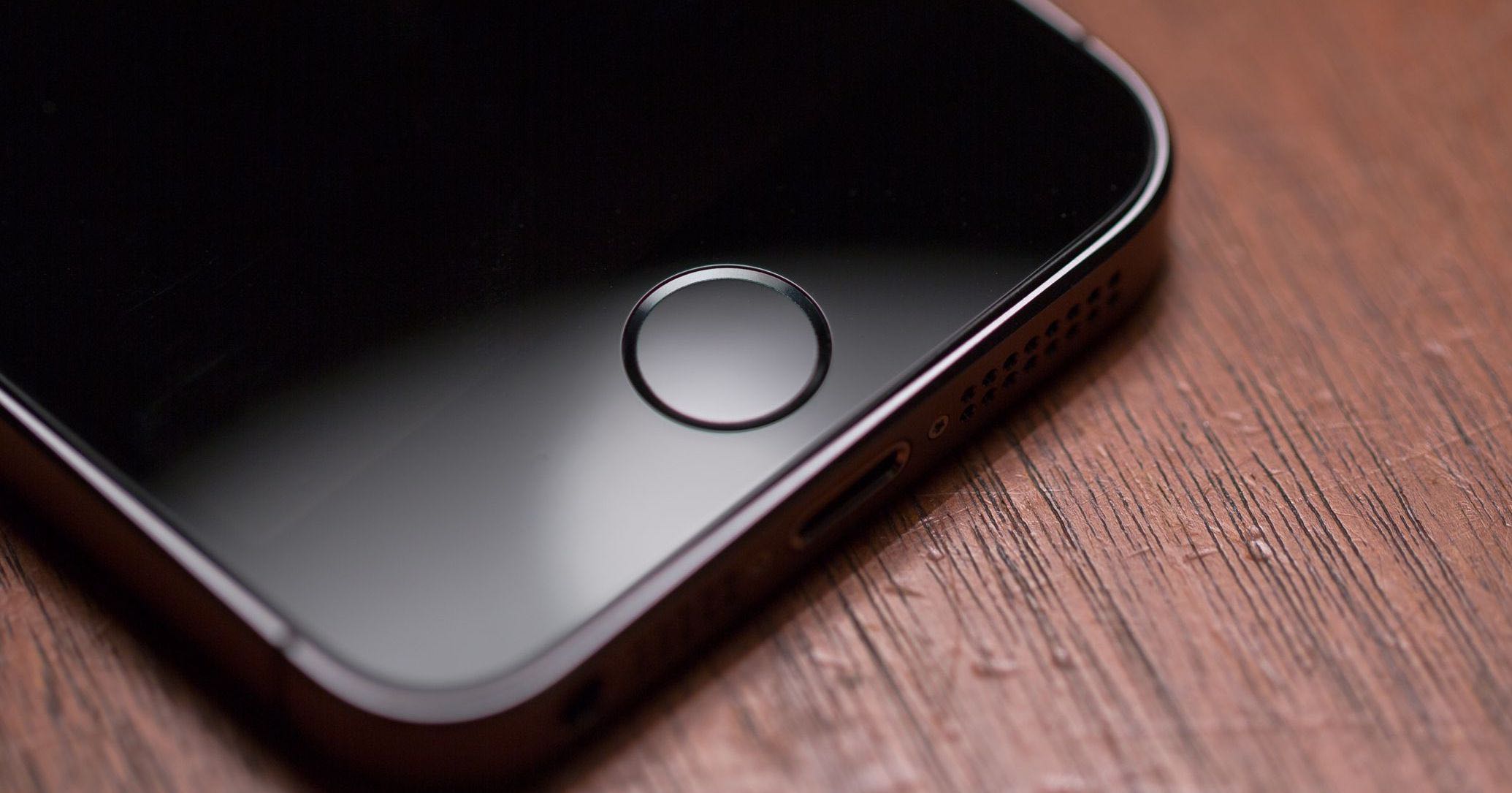Nowadays, iPhones - with the exception of the iPhone SE 2020 - already boast the Face ID function. But it wasn't that long ago when Apple's smart mobile phones were equipped with a desktop button, under which a fingerprint sensor with the so-called Touch ID function was hidden. In today's installment of our Apple History series, we'll remember the day when Apple laid the foundation for Touch ID by acquiring AuthenTec.
It could be interest you

AuthenTec's buyout in July 2012 cost Apple a respectable $356 million, with the Cupertino company acquiring AuthenTec's hardware, software, and all patents. The release of the iPhone 5S, in which the Touch ID function made its debut, is thus approaching by leaps and bounds. The experts at AuthenTec had a fairly clear idea of how fingerprint sensors in smartphones should work, but they didn't do very well in practice at first. But as soon as AuthenTec made the appropriate changes in this direction, companies such as Motorola, Fujitsu and the aforementioned Apple showed interest in the new technology, with Apple finally winning among all interested parties at AuthenTec. A variety of technology servers already started predicting how Apple would use this technology not only for logging in, but perhaps also for payments.
But Apple was not the first smartphone manufacturer to incorporate fingerprint authentication into its products. The first in this direction was Motorola, which equipped its Mobility Atrix 2011G with this technology in 4. But in the case of this device, using the sensor was not very convenient and practical. The sensor was located on the back of the phone, and for verification it was also necessary to run a finger over the sensor instead of simply touching it. A little later, however, Apple managed to come up with a solution that was safe, fast and convenient, and which this time really consisted of just putting your finger on the appropriate button.
Touch ID technology first appeared on the iPhone 5S, which was introduced in 2013. Initially, it was only used to unlock the device, but over time it found use in a number of other areas, and with the arrival of the iPhone 6 and iPhone 6 Plus, Apple began to allow the use of Touch ID for authentication as well on iTunes or paying via Apple Pay. With the iPhone 6S and 6S Plus, Apple introduced the second-generation Touch ID sensor, which boasted a higher scanning speed. Gradually, the Touch ID function found its way not only to iPads, but also to laptops from Apple's workshop, and recently also to the Magic Keyboards that are part of the latest iMacs.


